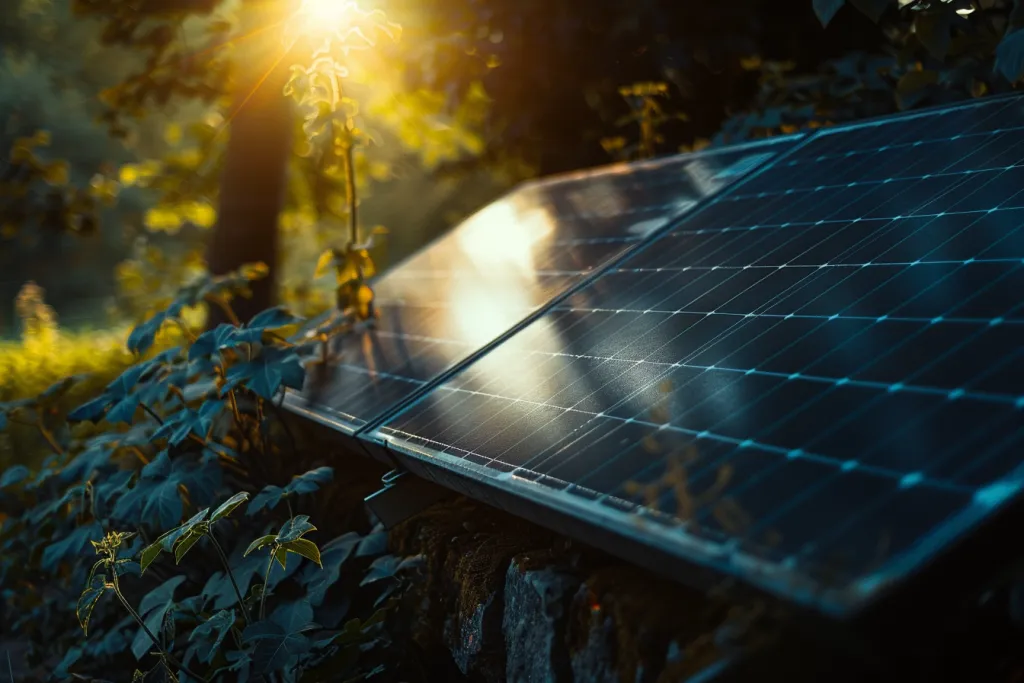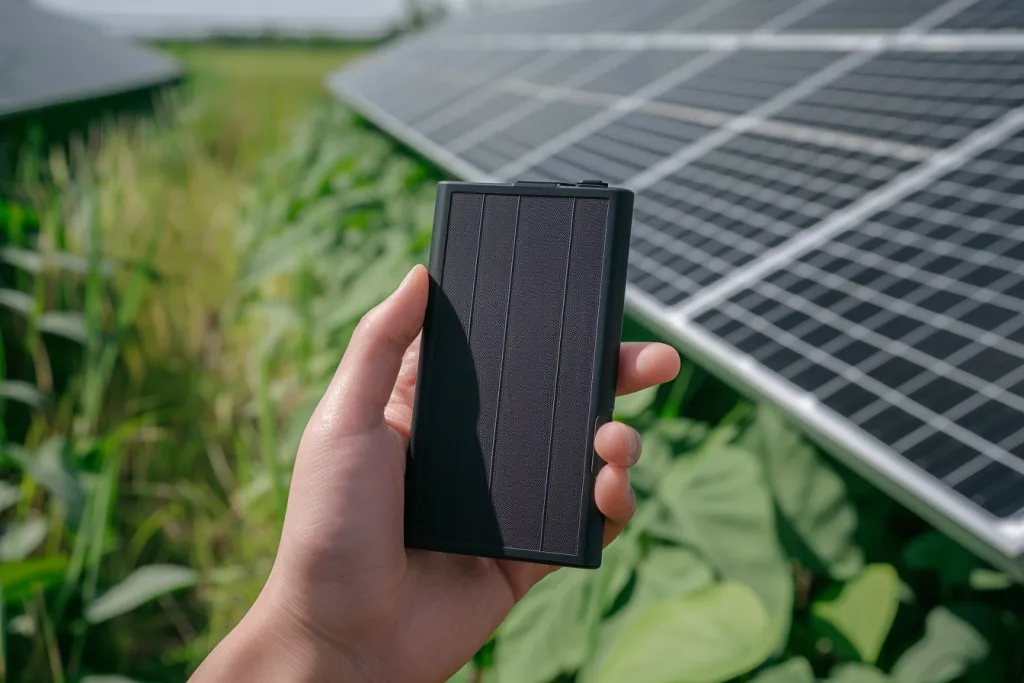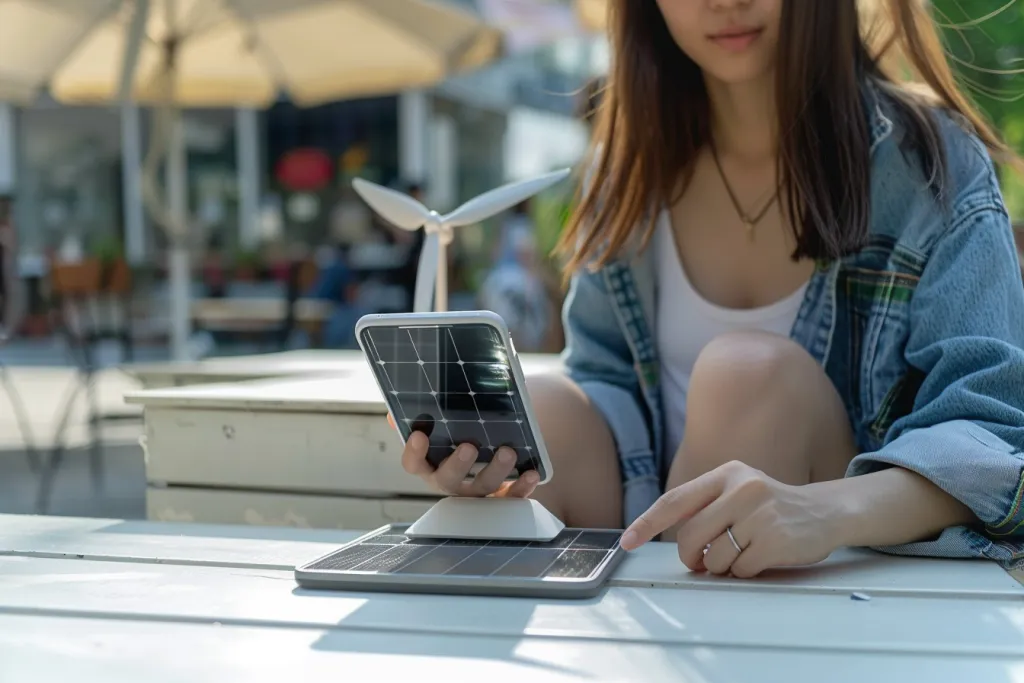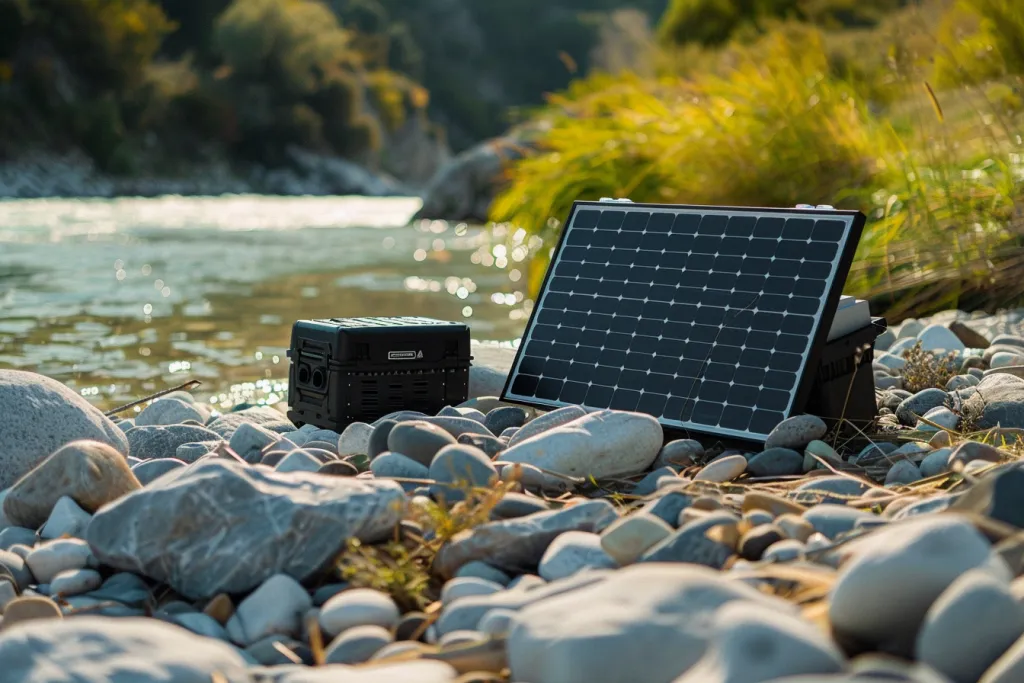In an era where staying connected is more crucial than ever, the solar power bank emerges as a beacon of reliability for outdoor enthusiasts, travelers, and anyone in need of a sustainable charging solution. This article delves into the intricacies of solar power banks, highlighting their benefits, functionality, and what makes them an essential gadget in today’s digital age. By understanding the key aspects that users care about, you’ll be equipped to choose a solar power bank that best fits your needs.
Table of Contents:
– What is a solar power bank and how does it work?
– Key features to look for in a solar power bank
– Understanding the capacity and efficiency of solar power banks
– The environmental impact of using solar power banks
– How to maximize the lifespan of your solar power bank
What is a solar power bank and how does it work?

Solar power banks are portable devices that harness energy from the sun to charge electronic devices. They contain photovoltaic panels that convert sunlight into electricity, which is then stored in a built-in battery. This stored energy can later be used to charge smartphones, tablets, and other USB-powered devices. The beauty of a solar power bank lies in its ability to provide power on the go, making it an ideal companion for camping trips, hikes, or any situation where traditional charging methods are unavailable.
Unlike conventional power banks, solar models offer a renewable way to charge devices, reducing reliance on electrical grids. This not only makes them an eco-friendly option but also ensures you’re not left stranded without a power source in remote locations. The efficiency of these devices has significantly improved over the years, thanks to advancements in solar technology and battery storage capabilities.
Key features to look for in a solar power bank

When selecting a solar power bank, there are several key features to consider. The capacity of the power bank, measured in milliampere-hours (mAh), indicates how much charge the device can store. A higher capacity means more charges for your devices, but it also results in a larger and potentially heavier power bank.
Another important feature is the number and type of charging ports. Multiple ports allow you to charge several devices simultaneously, while fast-charging ports reduce the time needed to charge your devices. Additionally, some solar power banks come with built-in LED lights, making them useful as emergency flashlights.
Durability is also a critical factor, especially for outdoor use. Look for solar power banks with rugged designs that can withstand drops, dust, and water exposure. This ensures your power bank remains functional in various environments, from sandy beaches to rainy forests.
Understanding the capacity and efficiency of solar power banks

The capacity of a solar power bank determines how many times you can charge your devices before the power bank itself needs recharging. However, it’s crucial to understand that the actual output may vary based on several factors, including the efficiency of the solar panels and the battery’s condition. Solar charging efficiency can be affected by the intensity of sunlight, the angle of the panels, and even the temperature.
Moreover, the efficiency of converting solar energy into electricity and then storing it in the battery plays a significant role in the overall performance of a solar power bank. Modern solar power banks are designed to maximize this efficiency, but it’s important to have realistic expectations, especially during cloudy days or when the solar panels are partially shaded.
The environmental impact of using solar power banks

One of the most compelling reasons to opt for a solar power bank is its positive environmental impact. By utilizing renewable solar energy, these devices reduce the demand for electricity generated from fossil fuels, thereby decreasing carbon emissions and contributing to a healthier planet.
Furthermore, the long-term use of solar power banks can help lessen the environmental burden associated with disposable batteries and the energy consumed by traditional charging methods. While the production of solar power banks does have an environmental footprint, their ability to harness clean energy over many years offsets this impact, making them a more sustainable choice compared to conventional power banks.
How to maximize the lifespan of your solar power bank

To ensure your solar power bank serves you well for years to come, there are several practices to adopt. First, avoid exposing the device to extreme temperatures, as both heat and cold can degrade the battery’s performance and lifespan. When charging the power bank using sunlight, position the solar panels directly facing the sun for optimal efficiency.
Regularly cleaning the solar panels can also significantly improve their performance. Dust, dirt, and other residues can block sunlight from reaching the photovoltaic cells, reducing the charging efficiency. Lastly, avoid dropping or subjecting the power bank to harsh impacts, as this can damage the internal components and the solar panels.
Conclusion:
Solar power banks represent a step forward in the quest for sustainable and convenient charging solutions. By understanding how they work, what features to look for, and how to care for them, you can make an informed decision that aligns with your needs and values. Embracing solar power banks not only benefits you by keeping your devices charged but also contributes to a greener and more sustainable future for everyone.




